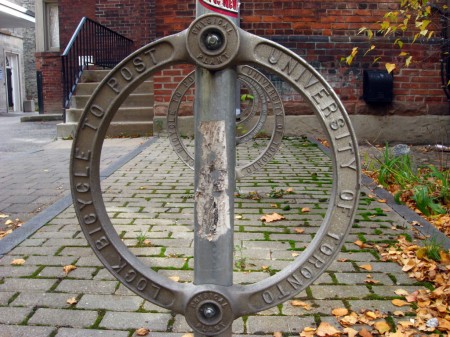Over on The Oil Drum there is an interesting article up on rail electrification in the United States, as a way to reduce the risks associated with climate change and the possibility of peak oil.
There are some appealing synergies that could be associated with electrified rail: in particular, the possibility of combining electric rail infrastructure with electrical transmission infrastructure. That could allow renewable projects in remote areas to be linked to the grid, as well as help with inter-regional load balancing. The more different kinds of renewable power you can combine, the easier it is to deal with intermittency. The same is true for using renewable energy sources from across a broader geographic area.


A transnational power corridor and electric rail line could be the 21st century equivalent of the Canadian Pacific Railroad.
It could improve the linkages between provincial electrical grids, while allowing wind and hydro capacity in remote areas to be tapped, and reneqables from different regions to balance each other.
I think it is important to consider linkages when looking at different infrastructure needs. Rail and electrical infrastructure linkages may be a natural. In the 19th century rail (transportation and communication) and telegraph (communication) lines were linked. Public ownership and maintenance of infrastructure make this more possible from a design, installation and maintenance perspective.
Is there any consideration of this occurring in Canada or even internationally.